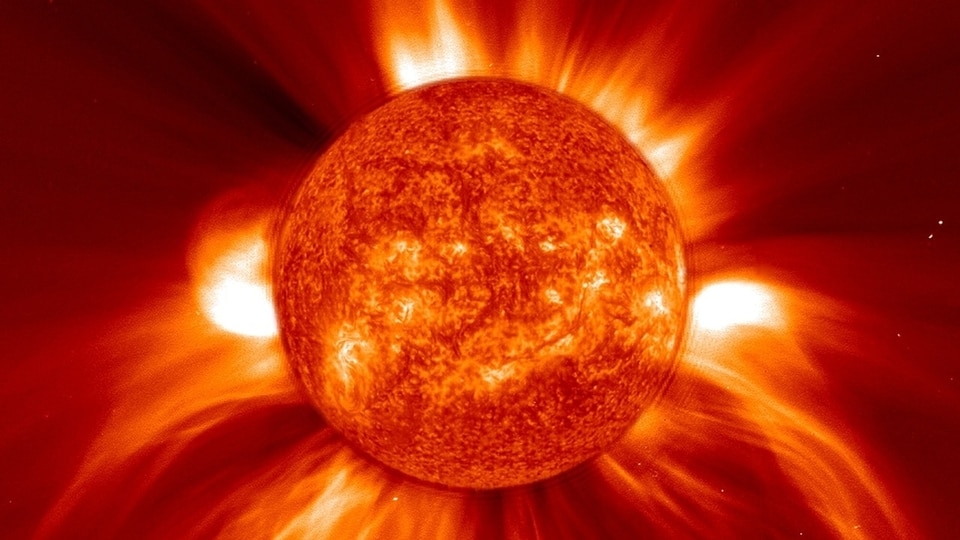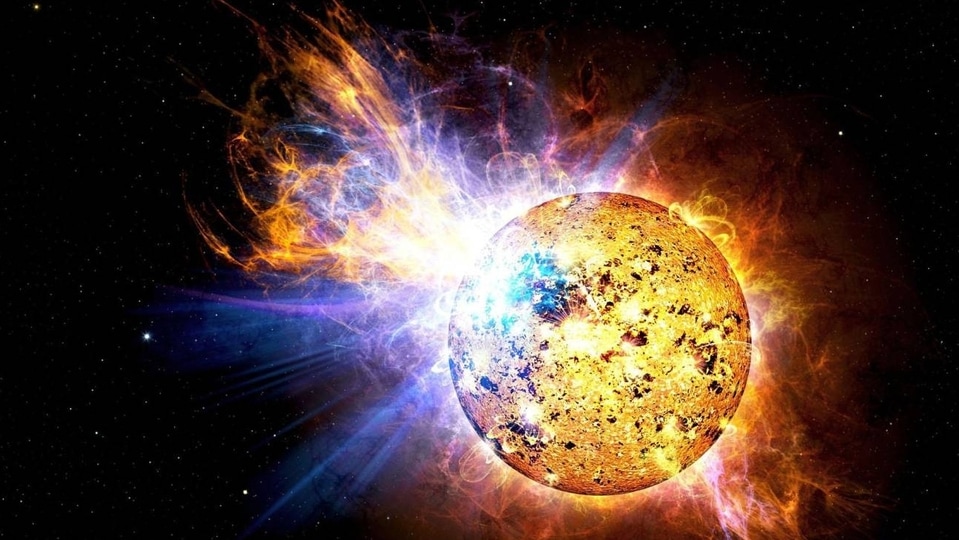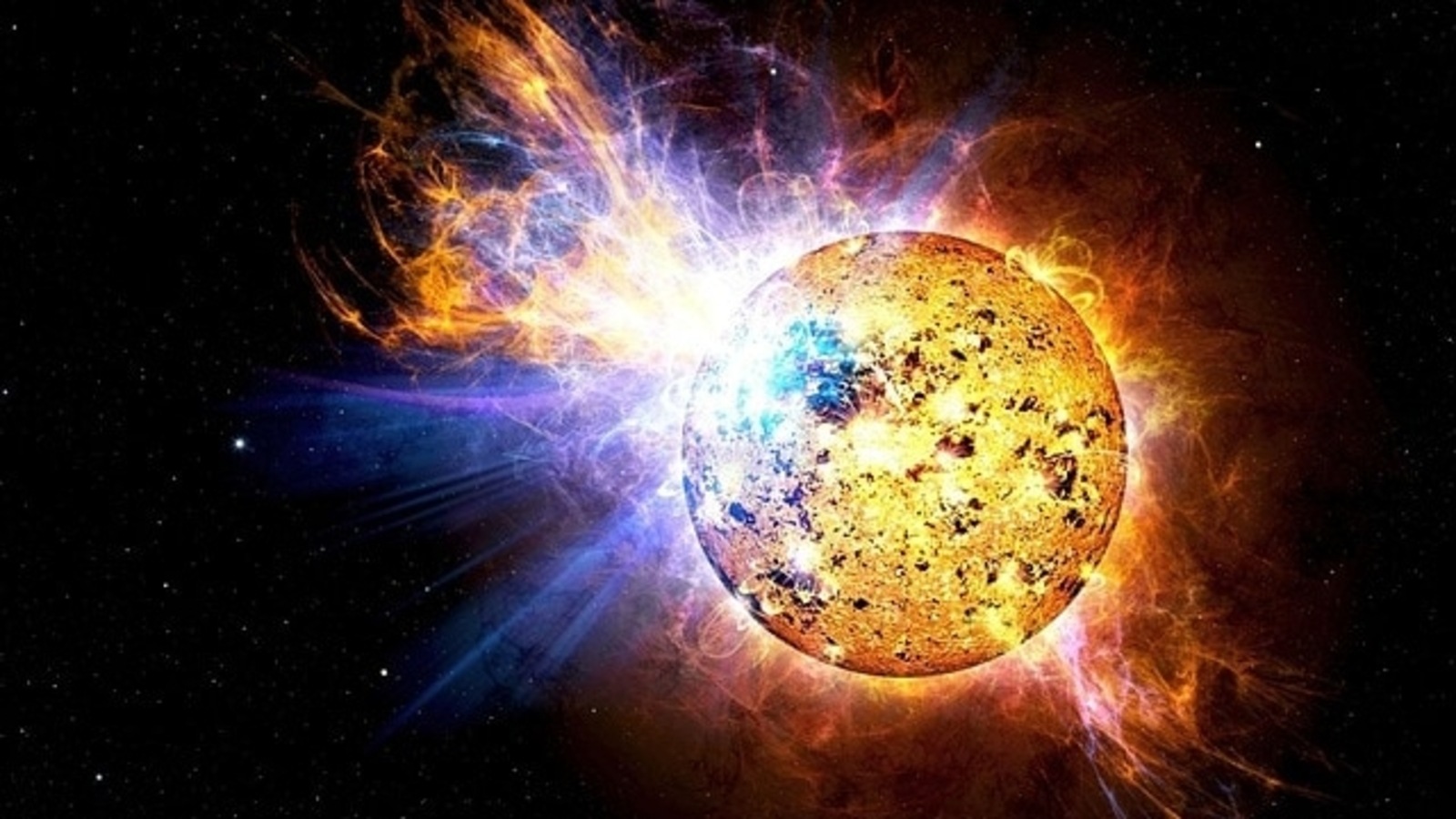Sunspot could hurl out M-class solar flares, reveals NASA
NASA’s Solar Dynamics Observatory (SDO) has revealed that strong M-class solar flares could be hurled out by a sunspot. Know all about it.

_1650614444757_1650614518141.png)

_1639373804152_1639373815879.jpg)


 View all Images
View all ImagesLike asteroids, solar flares also pose a threat to Earth. Strong solar flares can cause power and radio blackouts for several hours or even days, spark auroras, give people in airplanes a dose of radiation and can even influence elections! Technological instruments are especially at a risk during flares. This is because when cosmic rays strike Earth, they release various particles like energetic neutrons, muons, pions and alpha particles. Although these particles do not affect the human body, they can pass-through integrated circuits and cause damage, often changing the data stored in the memory. With the solar maximum approaching in the next few years, the Sun's activity is expected to rise, and it could result in more solar flares.
NASA, with the help of its Solar Dynamics Observatory (SDO), has reported that a dangerous M-class solar flare could make its way to Earth.
Dangerous sunspot
According to a report by spaceweather.com, NASA's Solar Dynamics Observatory (SDO), forecasts that a region on the Sun's surface, termed Sunspot AR3460, has a “'beta-gamma” magnetic field that could trigger solar flares. There is a chance for M-class solar flares to be hurled out and hit Earth soon.
It states, “Sunspot AR3460 has a 'beta-gamma' magnetic field that harbors energy for M-class solar flares.” This sunspot has been in observation for the past week over a risk of increased solar activity. On October 11, Spaceweather reported that the sunspot had many magnetic poles with positive and negative in close proximity. At that time, the sunspot had a strong delta charge.
“This could lead to magnetic reconnection and a strong, Earth-directed solar flare”, the report further stated.
About NASA Solar Dynamics Observatory
The NASA Solar Dynamics Observatory (SDO) uses three very crucial instruments to collect data from various solar activities. They include the Helioseismic and Magnetic Imager (HMI) which takes high-resolution measurements of the longitudinal and vector magnetic field over the entire visible solar disk, Extreme Ultraviolet Variability Experiment (EVE) which measures the Sun's extreme ultraviolet irradiance, and Atmospheric Imaging Assembly (AIA) which provides continuous full-disk observations of the solar chromosphere and corona in seven extreme ultraviolet (EUV) channels.
Catch all the Latest Tech News, Mobile News, Laptop News, Gaming news, Wearables News , How To News, also keep up with us on Whatsapp channel,Twitter, Facebook, Google News, and Instagram. For our latest videos, subscribe to our YouTube channel.





























